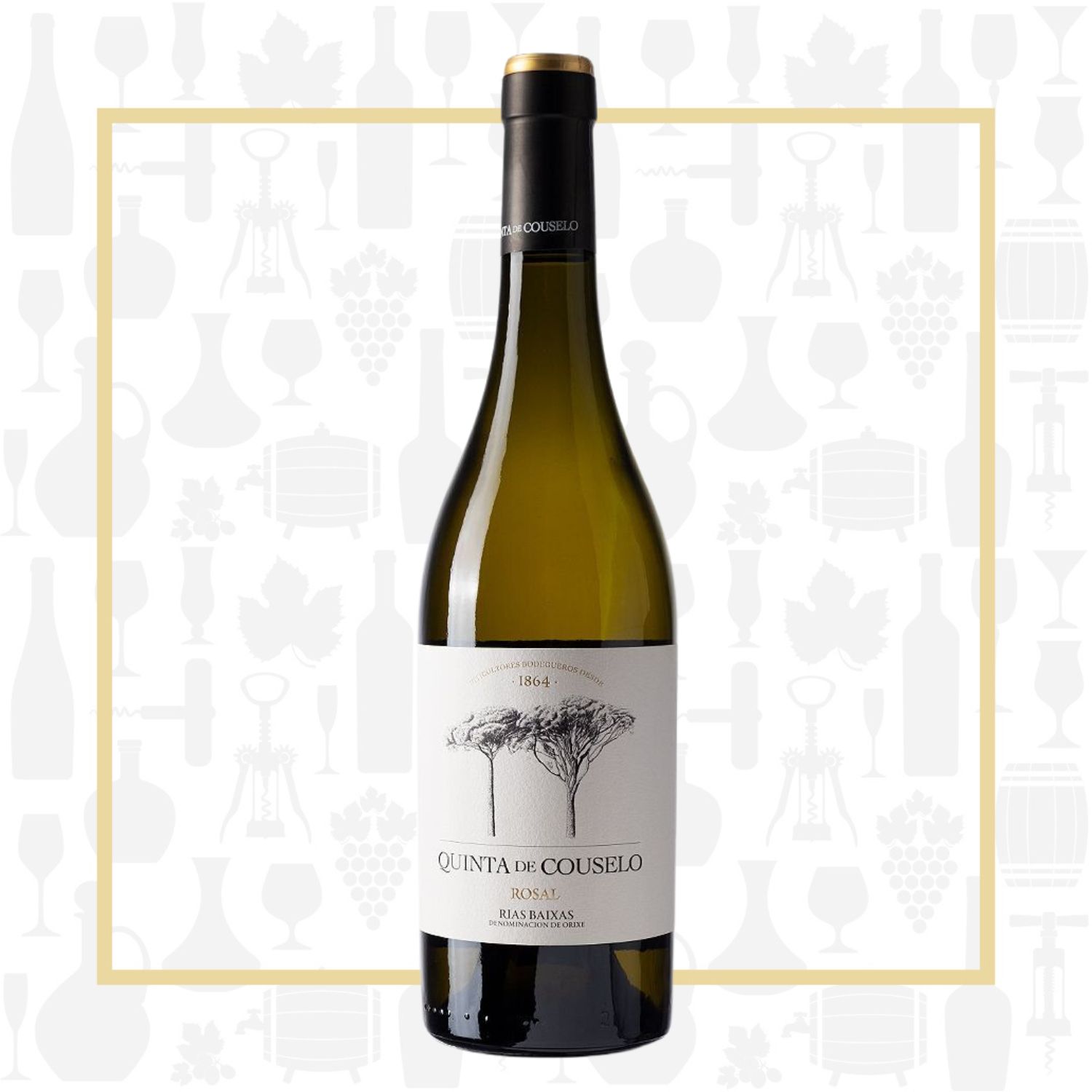Cellar Profile
Under vine since the 1200s, with vineyards planted by Cistercian monks, the Rivera family are the latest owners of this wonderful piece of Galician wine history. O Rosal is the oldest region in the Rias Baixas appellation and the first afforded DO status in Galicia. Its unique terroir and microclimate are known for giving wines with electric intensity and profound aromatics. The winery careful works their tiny, old-vine vineyards sustainably. Only three white varietals are planted. Albariño, the noblest grape of Rias Baixas, is planted on the tiny, 2-hectare original A Cheira Farm. Louriera and Caino Blanco — an autocthonous variety that exists only in Rosal — are grown on their larger, 7-hectare Sobral vineyard. The winery gives skin contact to all their wines, to provide signature aromatics drawn from the ripened skins, and all wines age on their lees for mouth-feel and complexity.
Region
O Rosal is a tiny subzone of Rias Baixas. Both are part of the larger Galicia region of Atlantic Spain. Located on the banks near the mouth of the Miño River, along the border with Portugal (Vinho Verde), both the Atlantic Ocean and the river provide excellent airflow and cooling of the grapes during the hot summer months. The vineyards of the area are planted on gentle slopes, most south facing, to ensure the optimum amount of sunlight during the growing season to fully ripen the white grapes the region is known for and to allow for an earlier harvest than many of the other parts of Rias Baixas. The vast majority of plantings are the white grapes Albariño and Louriero, as well as tiny volumes of Caino Blanco.
Vineyard
Quinta de Couselo’s ancient vineyards have been consistently under vine since the 1200s. The soils are composed of loose gravel and sand over top of large granite slabs and metamorphic rock. The old vines have to dig deep, and that parlays into mineral complexity in the wines. The Rosal is sourced from both of the winery’s home vineyards.
Winemaking
Hand-harvested bunches are further sorted by hand at the winery and de-stemmed. The grapes are macerated cool on the skins before a gentle pressing into stainless steel for fermentation at controlled temperature using indigenous yeasts. After primary fermentation is complete, the wine cool ages on its lees for 6 months, before bottling with a light racking.
Varieties
Albariño is a grape indigenous to northern Portugal, where is it called Alvarinho, and to Galicia, in the northwest corner of Spain. It is known for its intense aromatics, steely minerality and acid. Rias Biaxas, on the southwestern coast of Galicia, crafts the finest examples of the grape in the world. Albariño has tiny berries, thick skins and a tendency to give large and diluted yields, so management of the vines and dropping of fruit is essential to make fine monovarietal wines. Aromas of stone fruits, white flowers, ripe apple and even tropical notes are common, but the palate is generally zesty, with saline minerality and citrus elements. Caino Blanco is an indigenous variety, found only in this tiny region, along with a few hectares of plantings in northern Portugal. Trellising and sun exposure are key when working with this finicky grape, which is late-ripening and prone to rot. You will find Loureiro vines along the Miño River in Galicia, however it is more widely grown in the north of Portugal, where it is one of the main grapes used in the production of Vinho Verde. Loureiro is vigorous and, if not well managed, creates insipid and uninspiring wines. However, when yields are reduced and the fruit is allowed to fully ripen and develop, the end result can be reminiscent of dry Riesling.
Tasting Notes
Bracing aromas of lilac, lychee and tangerine. The palate is fresh and tingling with acidity. Pink grapefruit, Honeydew melon and lemon-lime are underlay with steely minerality. There is ample weight, but the acidity makes it feel much lighter. Enjoy as an aperitif or with roast chicken or spring mix salads. Do not overchill.

